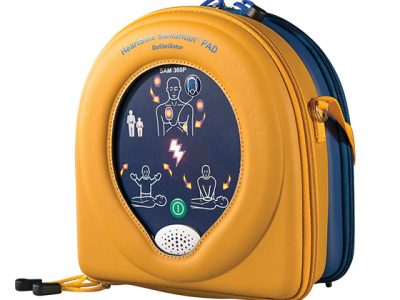
Even though CAR-T cell therapies seem like a relatively new development, they actually have a history that spans several decades. In fact, it took 60 years of intensive research to bring about the CAR-T therapies available today. During this period, researchers spent time and money delving into the topic of CAR-T cells in hopes of creating a viable therapy for cancer patients. Scientists were also faced with obstacles, as the first versions of these treatments caused dangerous side effects. Fortunately, after many years of work, researchers were able to develop CAR-T therapies that work safely and effectively.
How it Began
In the early 1900s, scientists were already aware that T cells had the ability to identify and destroy cancer cells. However, the path to developing CAR-T therapy formally began in the 1950s, when bone marrow transplantation became available. This was the first time in history that living cells were delivered into the bodies of patients with blood cancer in order to treat the cancer.
At this time, scientists knew that T-cells required antibodies in order to find and destroy pathogens, including cancer cells. Using this information, scientists were able to develop the first monoclonal antibodies, or mAbs, that could be mass produced in a lab and used in medicine.
Scientists developed the first chimeric antigen receptor (CAR) in 1987. This was a non-natural receptor engineered specifically for use with T-cells. Scientists implanted the receptor’s DNA coding into T-cells to create the first CAR-T cells.
How CAR-T Cells Work
CAR-T cells are capable of identifying tumor cells and binding with them. The CAR-T cells then multiply and destroy all tumor cells in the area. In addition, these cells will remain in the patient’s body for years after treatment, identifying and destroying any tumor cells that may appear.
After making this discovery, scientists began working on a method to produce CAR-T cells in large numbers so they could be used in cancer therapies. A breakthrough was finally made in the late 1990s, and the mass production of CAR-T cells began.
Using CAR-T Cells Against Cancer
Following the development CAR-T cell mass production, researchers began working on cancer treatments that utilized these cells. The first success came in 2011, when scientists were able to use CAR-T cells to produce complete remission in patients suffering from chronic lymphocytic leukemia. Scientists were also able to produce a complete remission in approximately 90 percent of patients with B-cell acute lymphoblastic leukemia using the same treatment method. Although the treatment was working successfully, the side effects were worrisome. CAR-T therapy was found to cause cytokine release syndrome, which turned out to be life-threatening.
Since its initial approval in the United States, CAR-T therapy has also been approved in other countries, including Japan and the European Union. As time goes on, scientists will continue to work on these therapies and find new uses for them. In addition, scientists will continue working to improve the safety of these treatments so they can gain approval in even more locations.











